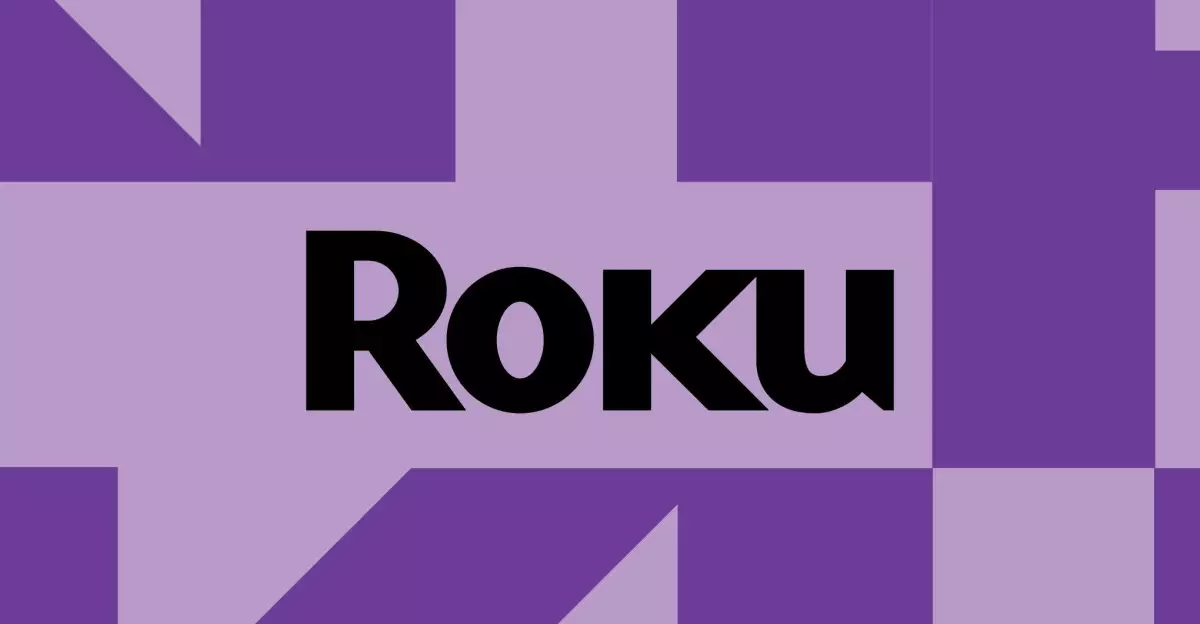In an age where technology evolves at lightning speed, software updates are supposed to bring improvements and fix bugs. However, when it comes to recent reports about Roku’s HDR streaming capabilities, those updates have seemingly thrown a wrench into the vibrant world of color-rich content. Users have begun to notice that after a latest rollout, their beloved HDR shows on platforms like Disney Plus and Netflix have surrendered their vibrancy, morphing into dull, washed-out visuals that resemble black-and-white films rather than the high-definition masterpieces they were intended to be.
This predicament paints a glaring picture of the potential pitfalls in software development—namely, how an apparently innocuous update can disrupt an entire user experience. As reported by users across various forums and complaint threads, this color degradation appears to stem from the very software enhancements meant to boost performance. While the fundamentals of technology imply constant upgrades are paramount, such mishaps urge us to reconsider the depth of testing these updates undergo prior to deployment.
User Experiences: A Tech Uprising
In times of tech distress, communities often serve as the lifelines that bring issues to the forefront. Roku’s issue tracking thread on their community boards has become a hotbed for exasperated users sharing their experiences with washed-out HDR. People flocked to identify the common threads in these reports and shared insights, threading together a collective narrative of frustration and confusion. Reports initially pointed fingers specifically at Disney Plus, impacting mainly TCL TVs, but as more comments poured in, the scope of the issue expanded to encompass all major streaming applications.
It’s here where the power of community shines. Users reported seeing the color issues not only on Disney Plus but also on YouTube TV, Netflix, and Apple TV Plus. In a technological landscape that thrives on user feedback, the outpouring of complaints not only highlights the shared pain of consumers but also serves as an implicit call for swift action. When users start voicing their concerns about multiple platforms, it becomes paramount that companies not only acknowledge the issue but address it head-on with ingenuity and resolve.
The Technical Challenge Behind HDR
At the heart of this controversy lies the intricacies of High Dynamic Range (HDR) technology itself. While HDR promises an unprecedented spectrum of colors and brightness, its effectiveness hinges on the television’s capability to reproduce these colors accurately. In less-than-ideal conditions, the allure of HDR can collapse into moments of visual frustration, especially for older or less-qualified TV models.
However, the panic instigated by the current predicament indicates a faulty transition between the HDR imagery and the updated software. Users have surprisingly reported that HDMI sources, such as gaming consoles and Blu-ray players, maintain the quality of their outputs, which leads to a significant implication: the issue resides with Roku’s streaming functionalities and not the display hardware itself. This revelation indicates a clear disconnect that further intensifies the concern, drawing attention to the responsibilities that come with delivering cutting-edge technology.
Roku’s Response: An Opportunity for Improvement
In the face of mounting dissatisfaction, Roku has engaged with its user base, appointing community moderators to seek more details and requests for further input from affected users. It’s a proactive step, certainly, but it also raises an interesting dilemma: is seeking feedback enough? While it’s commendable for the company to urge users to report specific models and software versions, this approach sometimes seems reactive rather than proactive.
As tech companies navigate through treacherous waters, there is an underlying expectation for them to maintain their offerings with the utmost diligence. Engaging with the consumer base is only one part of a much larger process that should involve in-depth internal testing and analyses prior to a software rollout. The silver lining in this situation is that Roku has the chance to rebuild trust with its community by not only addressing the color issues but setting a benchmark for future updates that prioritize stability and quality over frantic feature releases.
In essence, the HDR color conundrum serves as a cautionary tale for all tech companies. A thin line exists between cutting-edge advancements and shuffling into a realm of diminishing returns. Ultimately, it’s the consumer—the heart of technological innovation—who deserves to bask in the luminous colors that HDR promises. By refining their processes and listening to the voices of users, Roku—and others in the industry—can ensure that such coloring disasters remain a footnote, rather than a recurring chapter in the annals of streaming history.

